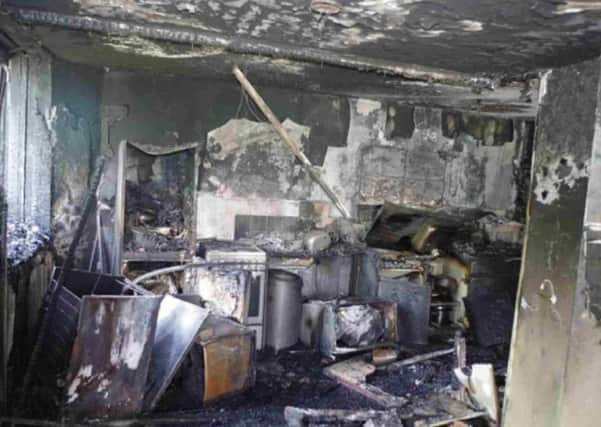Grenfell report finds the '˜stay put' strategy for burning tower was futile


Tenants had been told to stay in their flats in the event of a blaze, guidance which should never have been issued given the block’s structural flaws, an expert found.
Dr Barbara Lane said the cladding system could not adequately resist the spread of flames, meaning a “stay put” strategy for the building was not justifiable.
Advertisement
Hide AdAdvertisement
Hide AdShe wrote in a report for the public inquiry that the plan had “effectively failed” by 1:26am on 14 June, around 32 minutes after the first call to emergency services.
The stairwell – Grenfell Tower’s only escape route – was “smoke-logged from 1:40am onwards”, Dr Lane found.
The first firefighting crew only entered flat 16 – where the fire started – at around 1:08am and applied a jet to the kitchen at approximately 1:14am.
The stay put guidance was eventually abandoned at 2:47am.
It was unclear why there was such a gap between the advice being rendered redundant and the fire service changing tack, the report said.
“I am particularly concerned by the delay from 2:06am, when a major incident was declared, to 2:47am,” Dr Lane continued.
Her views were echoed by another expert commissioned to deliver findings to the inquiry, Jose Torero.
In his report, the fire is split into four stages – and it is said that the stay put advice was questionable from the second stage.
This stage was from 1:05am until 1:30am and covered the time it took for the fire to reach the top of the building from the compartment of origin.
Advertisement
Hide AdAdvertisement
Hide AdMr Torero wrote: “A ‘stay put’ strategy is not consistent with the characteristics of the second stage. To a large extent the building remains tenable and the stairs still retain the characteristics required for them to be a safe egress path.”
But even when the advice was dispensed with, it was unclear whether every resident was aware they should have evacuated, Dr Lane’s report said.
Seventy-one people were killed during the tragedy in Kensington, west London, on June 14 last year. Another died in January after a long battle with a pre-existing condition.